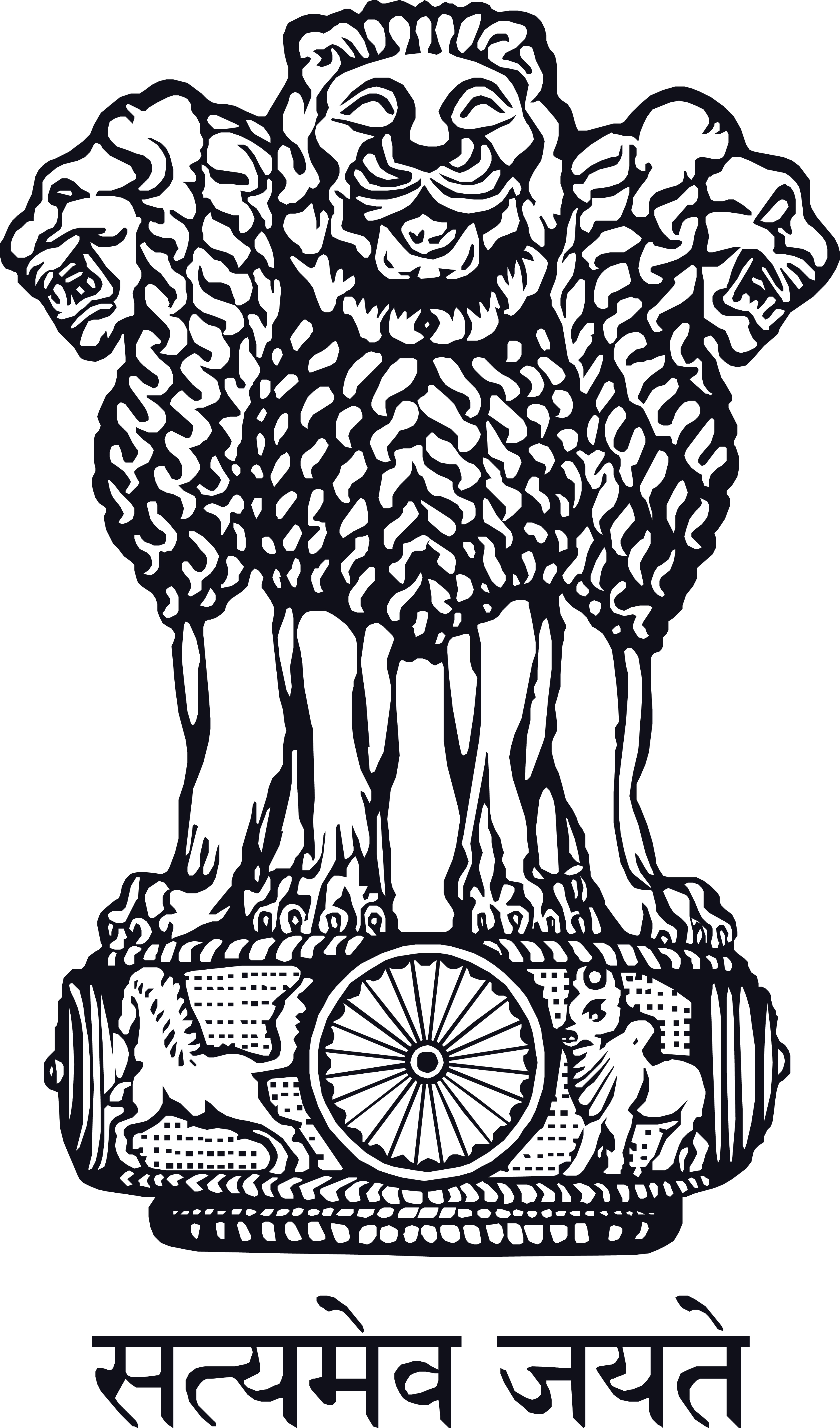Anatomy of Yoga
Human body and mind are related to their source that is nature. Changes of nature are reflected in the human mind in form of pleasures and pains. Yoga helps people to acquire the freedom from all the sorrows by taking the human consciousness away from phenomena of natural changes. This is the basic method of yogic philosophy.
In the aphorism (especially in the 3rd chapter) of Patanjali some major parts of body are mentioned but tradition of hathayoga did an extra ordinary effort and explored the human anatomy to very advanced level. Most part of the yogic anatomy has its roots in the upnishadic literature but hathayogic seers elaborated it through their research. Some major parts of yogic anatomy are explained here. Hence the yogic therapy mainly deals in psycho-physical means of treatment that’s why authors of the hathayogic texts preferred to provide a detailed overview on psycho-physical parts of human body.
|
|||||||||||||||||
|
|||||||||||||||||
|
|||||||||||||||||
|
|||||||||||||||||
|


